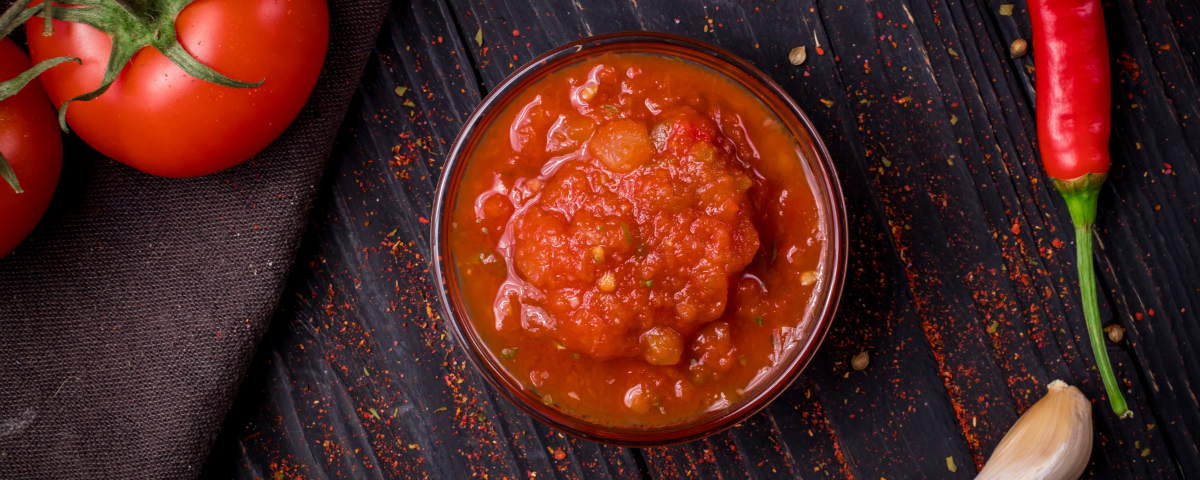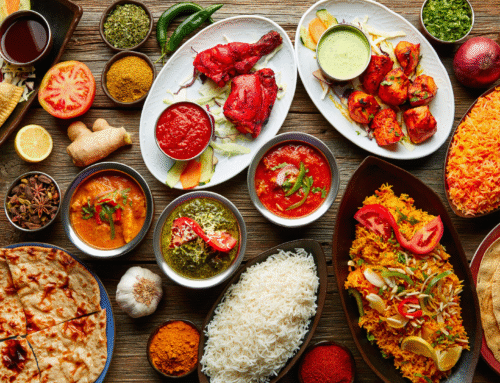Salsa is often called an easy-to-make, one-bowl side dish that can be enjoyed in so many ways. The word salsa comes from the Spanish verb salsar, which means “to jump.” Salsa jumped onto the culinary scene in the United States in the late 19th century, when immigrants began to introduce it to their diverse backgrounds. Last year, Food & Wine named pico de gallo the best condiment in America.
One of the first things you learn when you try to navigate the world of salsa is that it is a very versatile dish. Salsa is used as a dip, as a dressing, as a marinade, as a sauce, as a counterpoint to other ingredients, as a food pairing, as a condiment, as a dipping sauce, as a chaser, and as a compliment.
Salsa is a type of sauce made from tomatoes and peppers. In Latin American countries, it is called salsa, although, in Spanish, it is called salsa. It is served both hot and cold. Salsa can be served with chips. Salsa can be served with chicken, beef, or fish, or it can be served with vegetables, such as guacamole, beans, or corn. Sometimes it is served with chicken or beef. It can also be served with sour cream, guacamole, lettuce, and/or cheese. Some people like to serve salsa with tortilla chips or with tortilla chips and guacamole.
Salsa is a raw chopped vegetable product, often served with chips or as a condiment in its most basic form. There are two basic types of salsa: red and green. Salsa verde is a type of green salsa, a mixture of tomatillos, onion, and garlic. The tomatillos and onion give it a green color, and the garlic gives it a strong taste. Salsa verde also contains a variety of herbs and spices, which vary depending on the recipe.
It is a common condiment in many countries and is typically consumed with a variety of foods. The popularity of salsa has increased in recent years in both the United States and Canada, and it has become a popular ingredient in multiple cuisines. Salsa is traditionally served with tortilla chips, but it can also be made into a dip or served with other dishes such as grilled or fried meats or vegetables.
Store-bought salsa is store-bought salsa, right? Wrong. It’s pretty easy to dress up store-bought salsa, and we’re going to show you how. Here are 5 ways to dress up store-bought salsa:
-
- Bringing store-bought salsa to a different level is as easy as adding a few ingredients. For instance, why not experiment with fresh herbs to dress up store-bought salsa? You can create a simple yet tasty salsa using just a few ingredients such as fresh cilantro, jalapeños, and Roma tomatoes. All of these ingredients can be found in any supermarket and will only cost you a few dollars.
- There are heartier salsas that may contain roasted ingredients like blistered peppers in a chili-based sauce. You can roast an ingredient with salsa to enhance its flavor.
- Another way that you can make store-bought salsa better is by raiding your spice cabinet and adding them to your salsa. You should go for spices that were ground dried since it introduces layers of complexity which the product developers didn’t get to add.
- Have you ever thought of adding nuts to your salsa? Well, if you haven’t, you can try it out. If you didn’t know, there are some nut-based salsas that you can find, and if you find one, you can just add your nut preference to the salsa.
- One last way that you can improve store-bought salsa is by busting out the brine. It’s pretty common in Veracruz for people to put mince olives and brined capers into their tomato salsa, and of course, you can also do this to the jar of salsa that you buy.





Leave A Comment